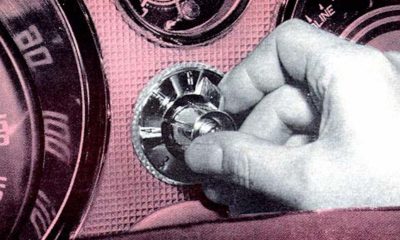
Note that on every chart the models are arranged in order of the total basket price (overall sum), with the least expensive basket on the left. We also show the group average on the right, and the total basket price divided by the vehcile model price, expressed as a percentrage, at the bottom of each chart. This ratio can be deceptive because, as the model variations become more expensive, the total parts basket price remains more or less fixed, so the ratio becomes more favourable.
As always, there are quite a few prices that are way out of line, and this could be due to profiteering, or simply someone in the parts department not doing their homework. Technology can also cloud the issue. For example, a conventional spark plug sells for less than R10, but a multiprong platinum tipped plug may set you back as much as R100, or even more. Even so, the platinum plug may be cheaper in the long run, because on unleaded fuel it may last for over 160 000 km!
Several engines, especially the more expensive ones, have timing chains that normally last the life of the engine. These prices are shown as zero, but because timing belts have to be changed two or three times during the life of an engine, these prices are included in the chart.
Another consideration is that the price of apparently similar body parts can vary widely because they’re sometimes pressed as one huge panel, instead of from two or more smaller panels.
Lastly, the widespread introduction of service and maintenance plans means that many people won’t have to buy spares in the first few years of ownership, and in the event of an accident, the insurance company will have to worry about the prices of crash repair parts!
To read the list of prices and parts (PDF format) click here.




